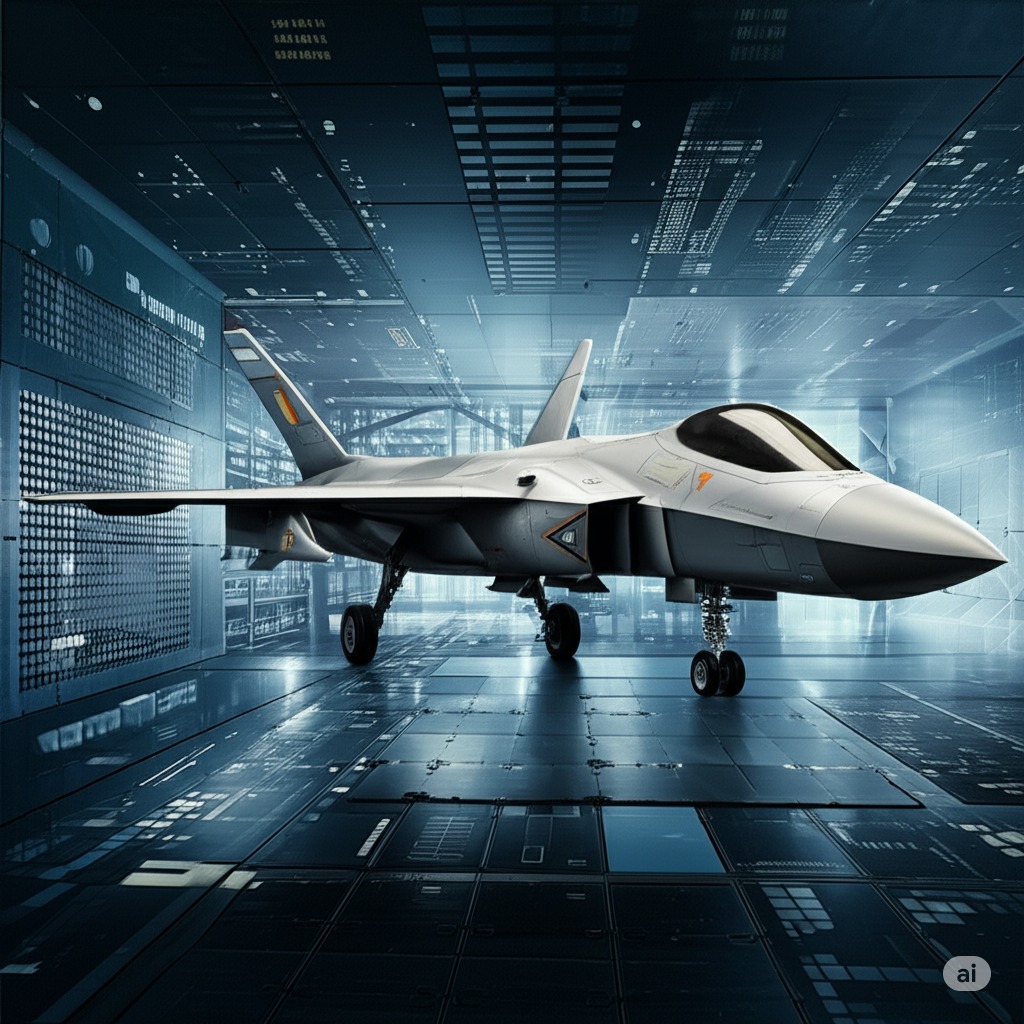India Advances Indigenous Stealth Fighter Jet Program with Key Approval
Published on May 27, 2025 | Generated by AI
 🤖 AI-generated Image
🤖 AI-generated Image
Why It Matters
India's long-standing ambition to achieve self-reliance in advanced defense technology has reached a notable juncture with a recent governmental approval concerning the indigenous stealth fighter jet project. This program is a crucial component of India's defense modernization strategy, aiming to develop a fifth-generation combat aircraft capable of enhancing the Indian Air Force's operational capabilities and ensuring air superiority in a complex geopolitical environment. The successful realization of this project holds significant implications for national security, strategic autonomy, and the domestic aerospace industry.
Background & Timeline
While the concept of an advanced indigenous combat aircraft has been part of India's defense planning for several years, specific historical details, program timelines, and initial developmental phases leading up to recent announcements are not extensively detailed within the provided information. The push towards indigenous defense production has been a stated priority, but the chronological evolution and key milestones of the stealth fighter jet project, prior to the current period, are not clearly outlined in the available data. Public information suggests that feasibility studies and preliminary design work have been underway, reflecting a sustained interest in developing cutting-edge aerospace capabilities domestically.
What’s Happening Now
- May 27, 2025: Defence Minister Rajnath Singh has reportedly granted approval for the 'Made in India' Advanced Medium Combat Aircraft (AMCA) program. This key decision signals governmental commitment to moving forward with the detailed design, prototyping, and eventual production phases of India's indigenous stealth fighter jet. The approval is a critical step in translating long-term strategic goals into concrete developmental action for advanced air power capabilities.
- The provided news snippets do not contain further specific details regarding the technical specifications, the projected timeline for different phases of development, the allocated budget, or the specific entities responsible for execution of the AMCA program beyond the top-level approval.
What Could Happen Next
-
1. Progress Towards Prototype Development: With the formal approval in place, the program is expected to move towards accelerated development of a technology demonstrator or prototype. Successful progress in this phase could pave the way for flight testing and further refinement of the stealth and combat capabilities. However, the rate of progress will depend on factors such as funding, technical expertise, and international collaboration, details not specified in the provided data.
2. Challenges and Potential Delays: Developing a fifth-generation stealth fighter jet is a complex and technologically demanding undertaking. Potential challenges include integrating advanced avionics, propulsion systems, stealth features, and weaponry. Unforeseen technical hurdles or funding constraints could lead to delays in the program's timeline. The limited information available does not allow for a detailed assessment of specific risks or their potential impact.
3. Impact on Defense Capabilities and Exports: A successful indigenous stealth fighter jet program could significantly enhance India's air defense capabilities and provide a fillip to its defense industry. In the long term, it could also open avenues for defense exports, positioning India as a supplier of advanced aerospace technology. The extent of this impact is contingent on the program's success and timely execution, details not elaborated in the provided news.
This article is generated using AI-assisted summaries and verified timelines.
